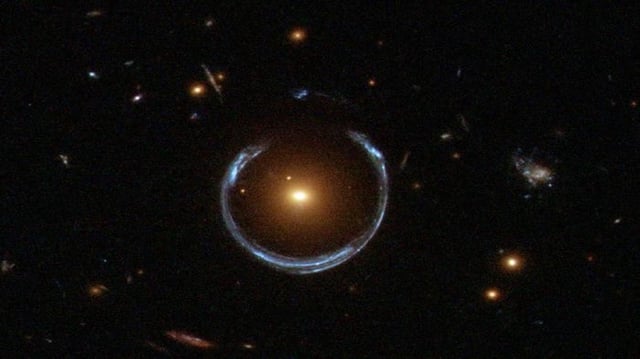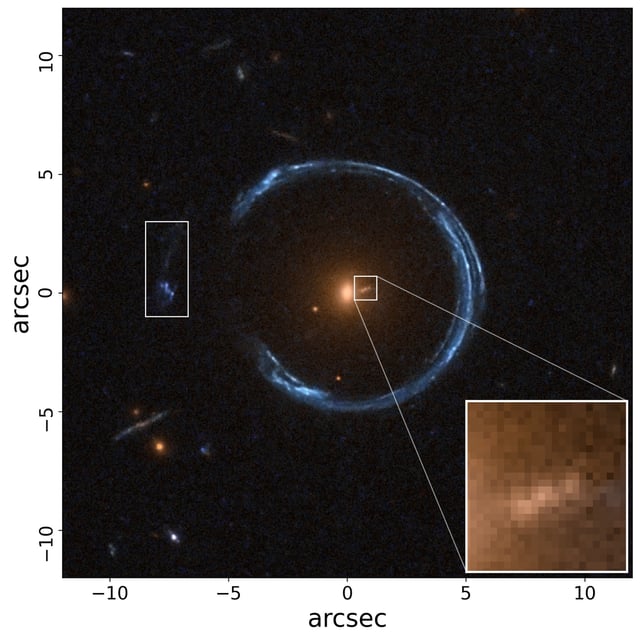Overview
- The mass measurement of 36.3 ± 6 billion solar masses places this black hole near the theoretical upper limit for such objects.
- This silent giant is about 10,000 times heavier than Sagittarius A*, the Milky Way’s central black hole.
- Researchers applied a novel combination of gravitational lensing with stellar kinematics to directly determine a black hole mass at cosmological distances.
- Housed in the Cosmic Horseshoe fossil group galaxy, the ultramassive black hole likely grew through mergers of smaller progenitor galaxies.
- The successful application of this lensing-kinematics technique opens the door to uncovering more silent ultramassive black holes across the universe.

